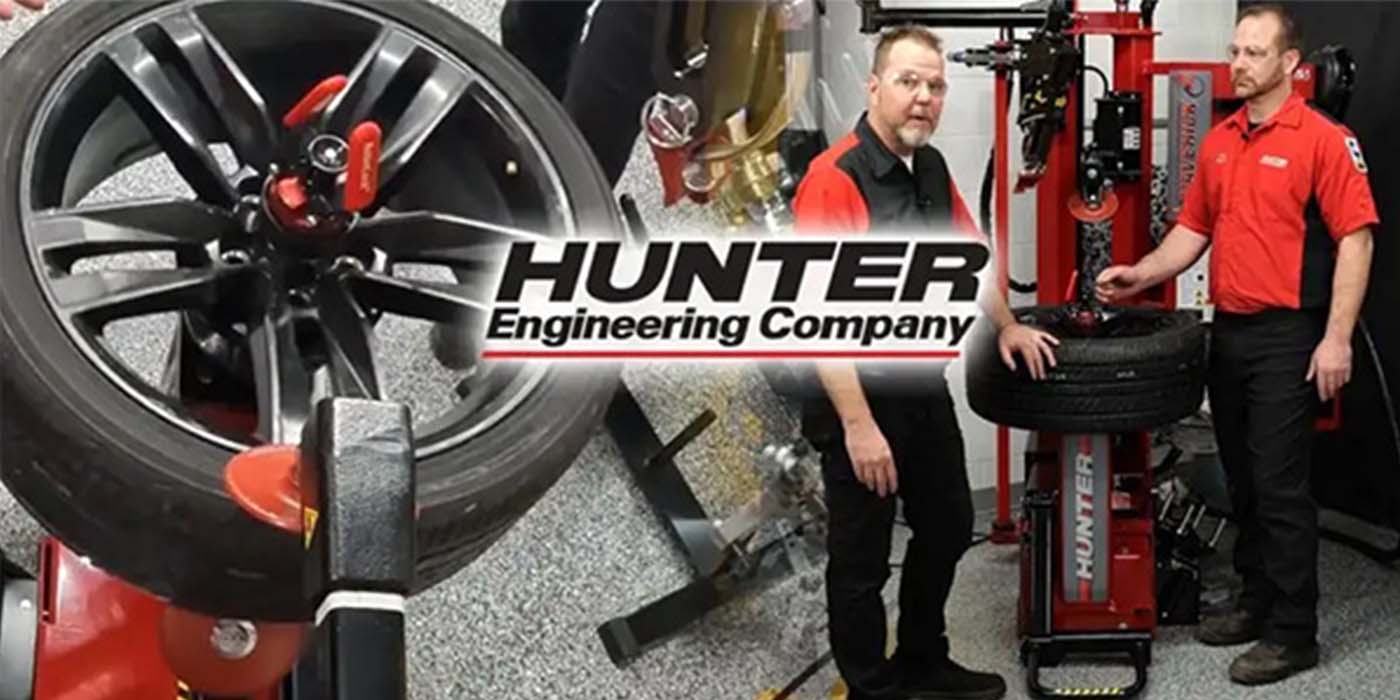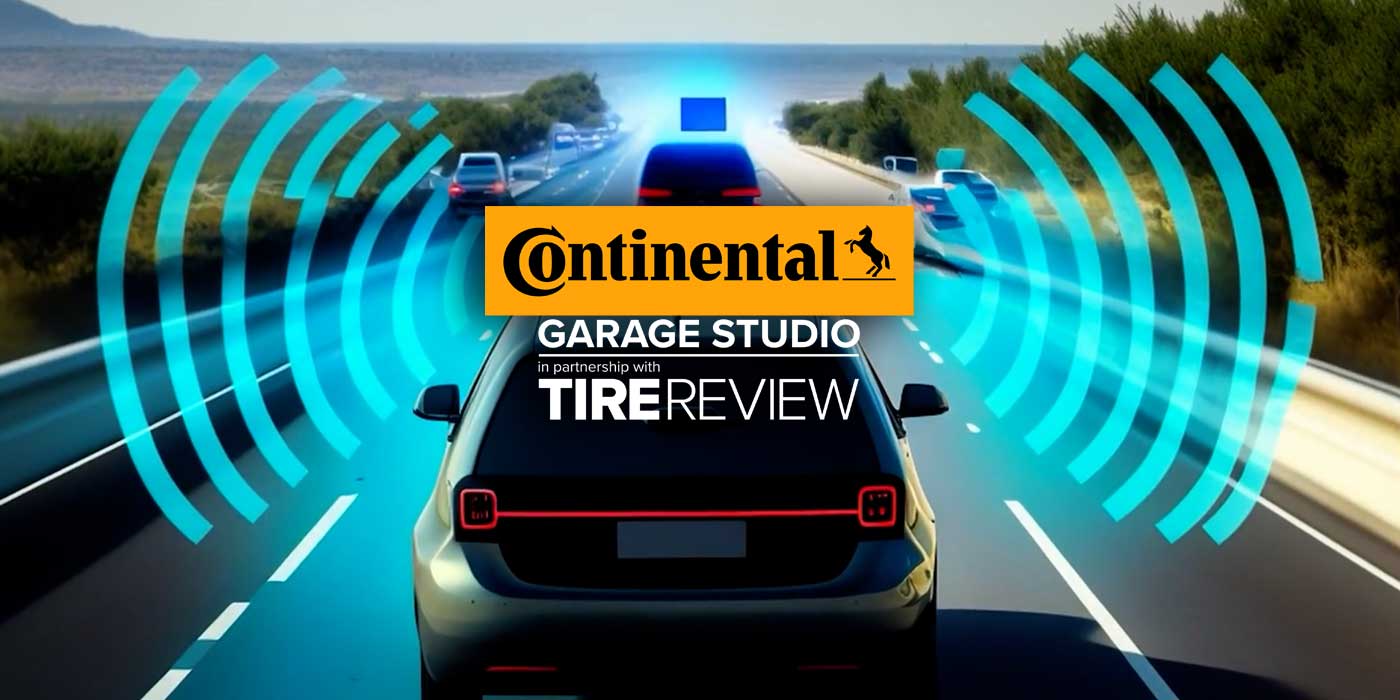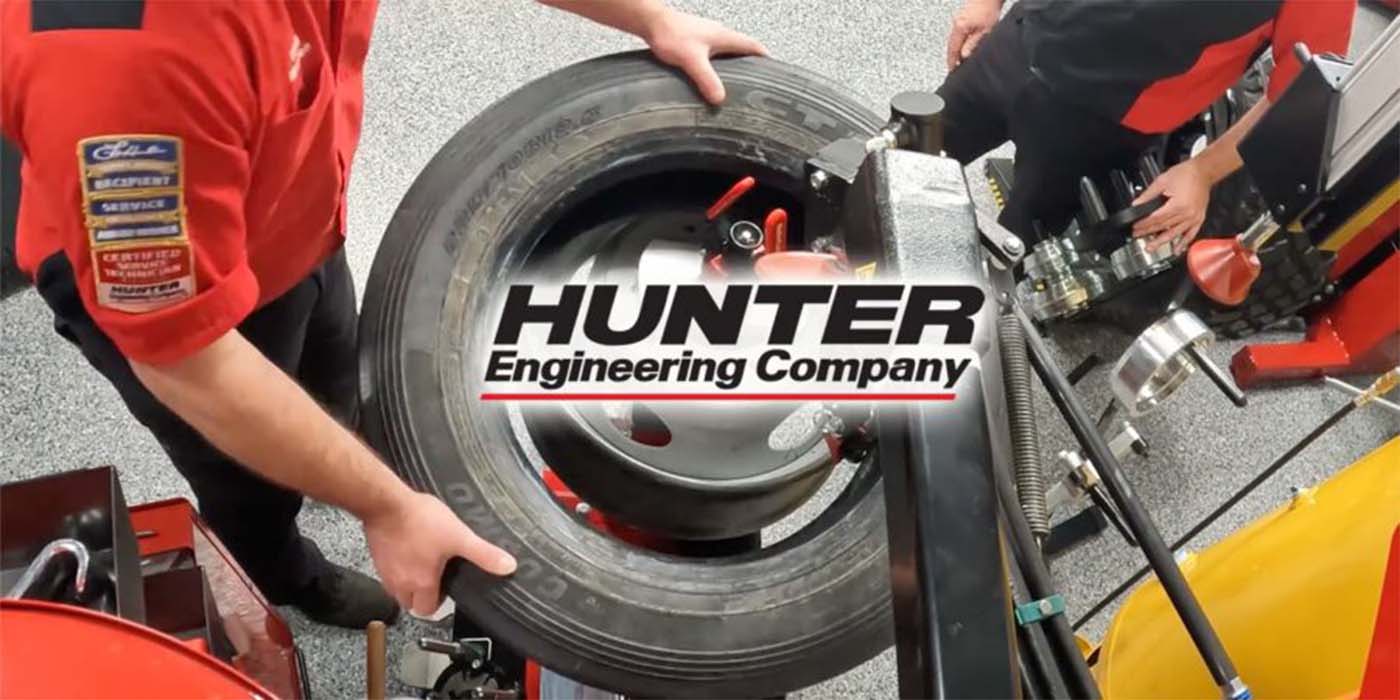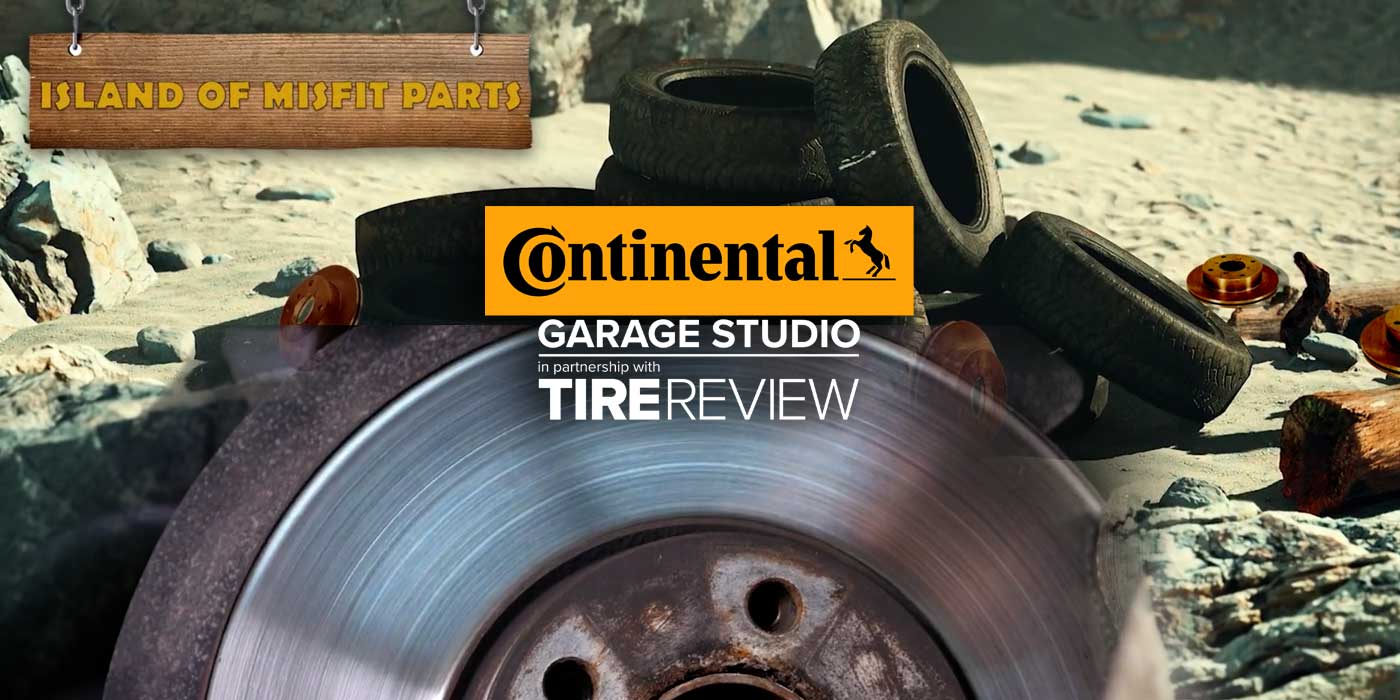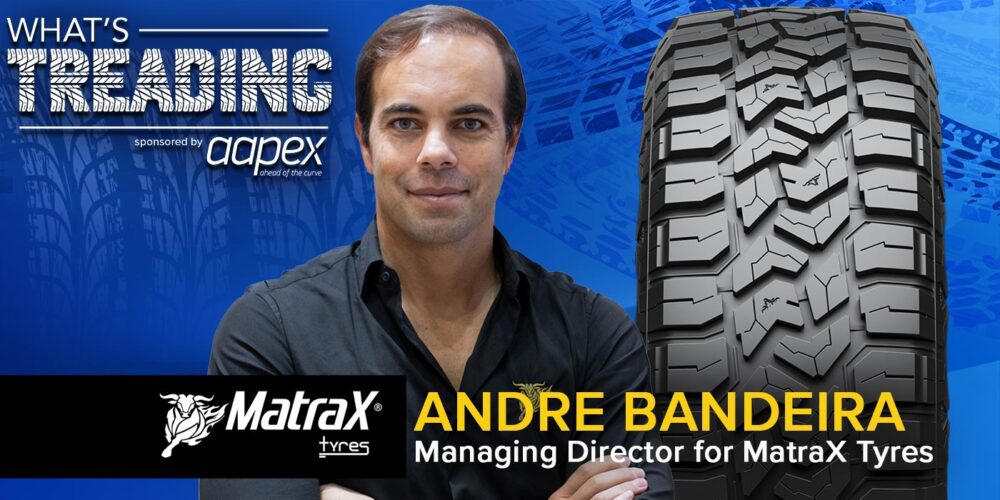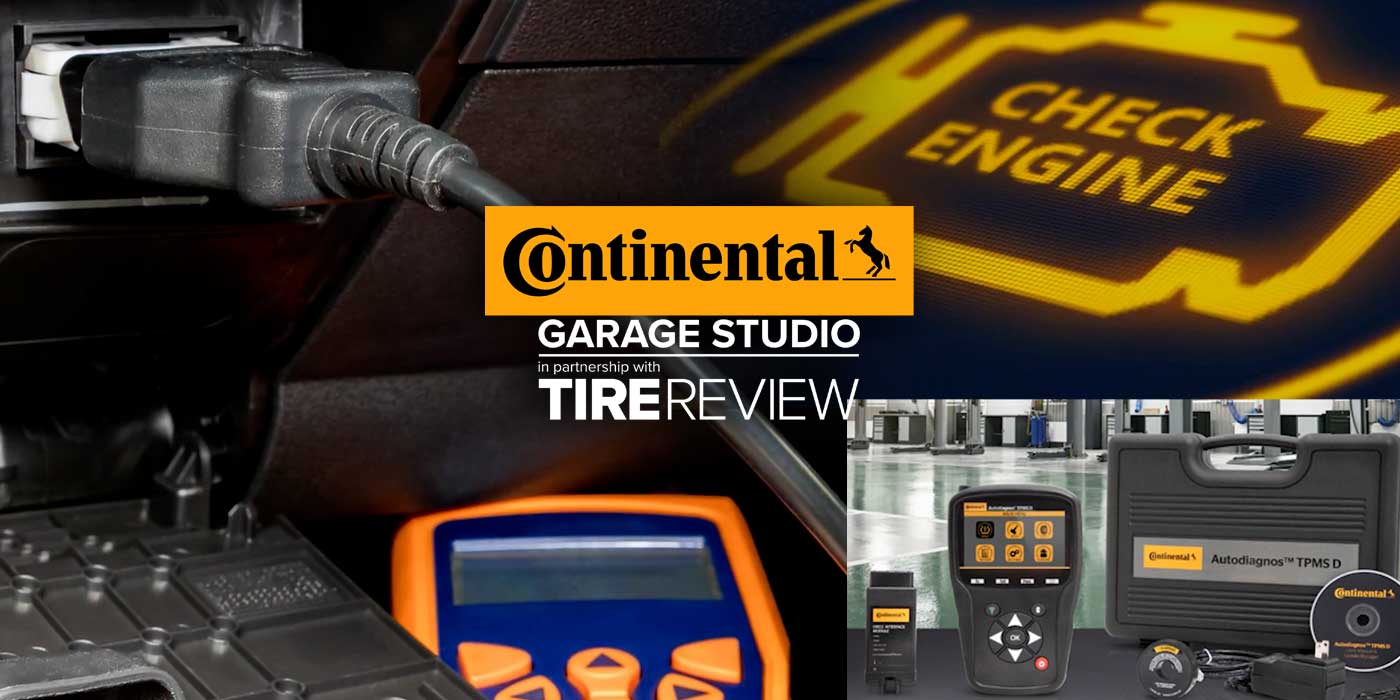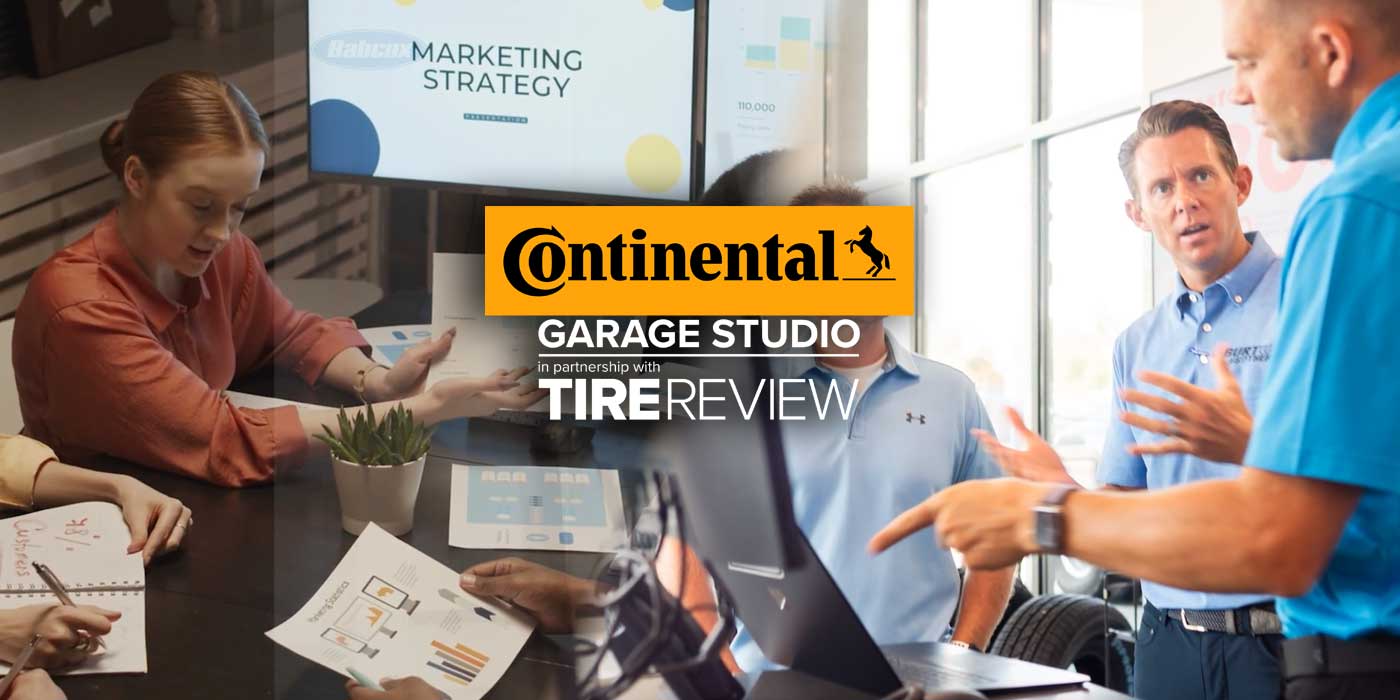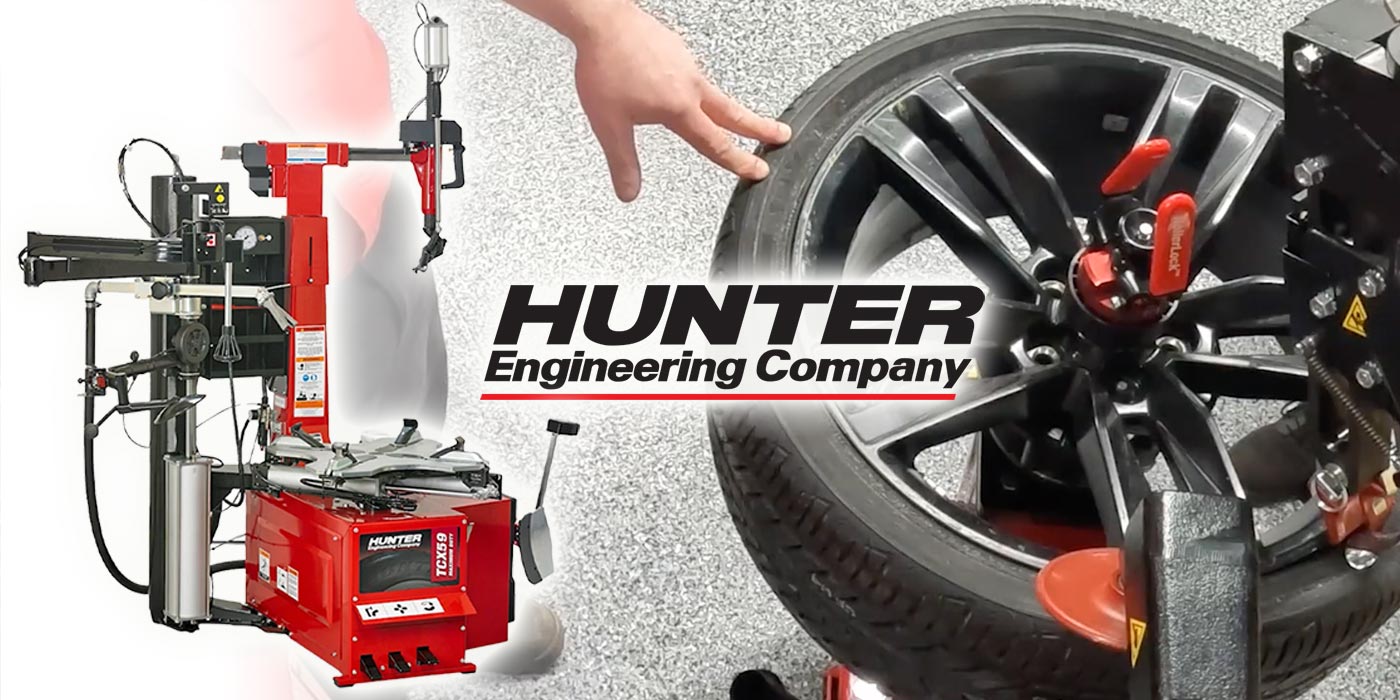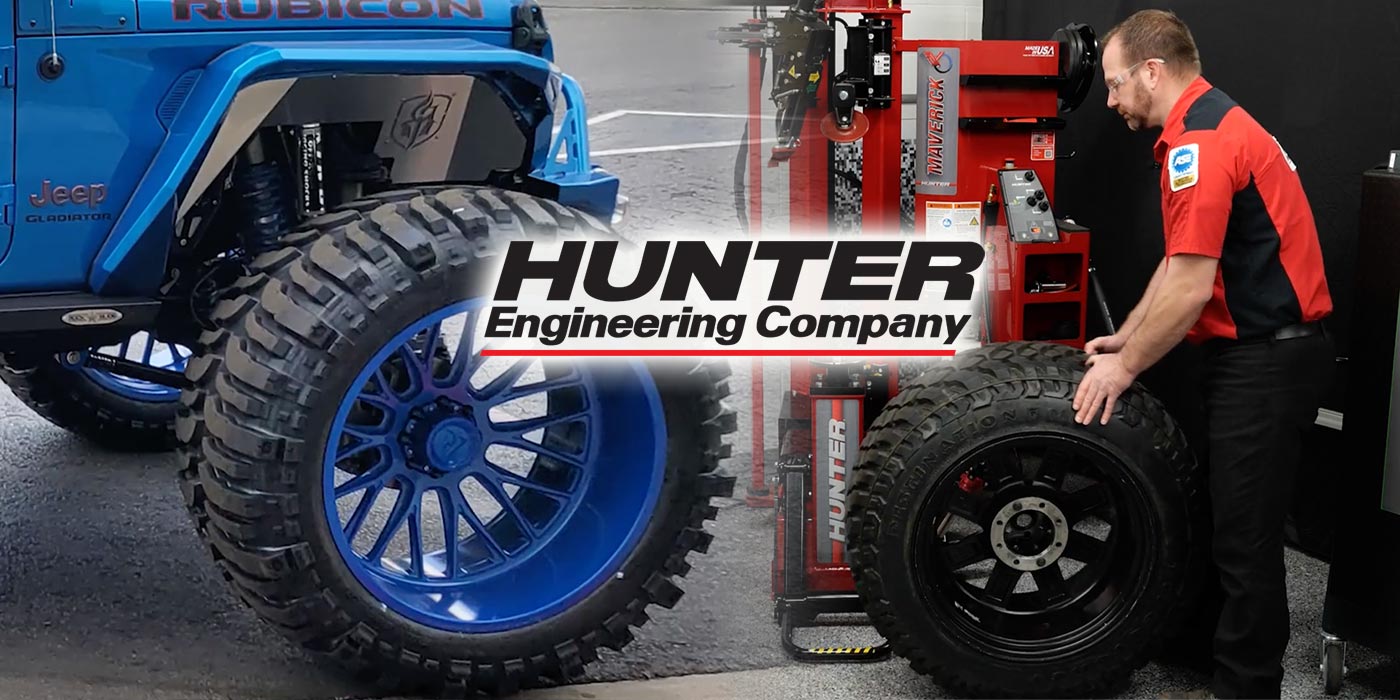According to EVAdoption, battery electric vehicles represent approximately 3.4% of new vehicle sales and are projected to reach 30-50% of new US vehicle sales by 2030. Due to the continuing trend of consumers holding onto their vehicles longer, this equates to roughly 7-10% of the total U.S. vehicles in 2030. In this Tire Review Continental Tire Garage Studio video, we discuss what this means for shops and why they should be prepared to cater to more electric vehicles.
With electric vehicles, there are specific needs tires must be able to handle. This includes torque, weight, noise and range. Battery electric vehicles are about 20% heavier than internal combustion engine vehicles, so the tires must complement the high instant acceleration and the heavier load of electric vehicles. Since EVs are heavier than comparable ICE vehicle models, this has caused a new high-load tire to be developed to handle the extra weight without increasing tire size.
Also without the noise of an engine, a requirement for electric vehicle tires is to produce an extremely quiet and comfortable ride as the majority of noise now comes from the tire. An optimal balance between the tread compound and tire size must be met to deliver lower rolling resistance tires which will increase the range of an electric charge.
Electric vehicles have different components than ICE vehicles and tires are no exception. As electric vehicles become more prevalent, it is critical to understand what tire technology will be needed to suit these types of vehicles.
Don’t forget to follow us on Instagram and Twitter @Tire_Review and subscribe to our YouTube channel for more tire, service, and shop operations videos.

